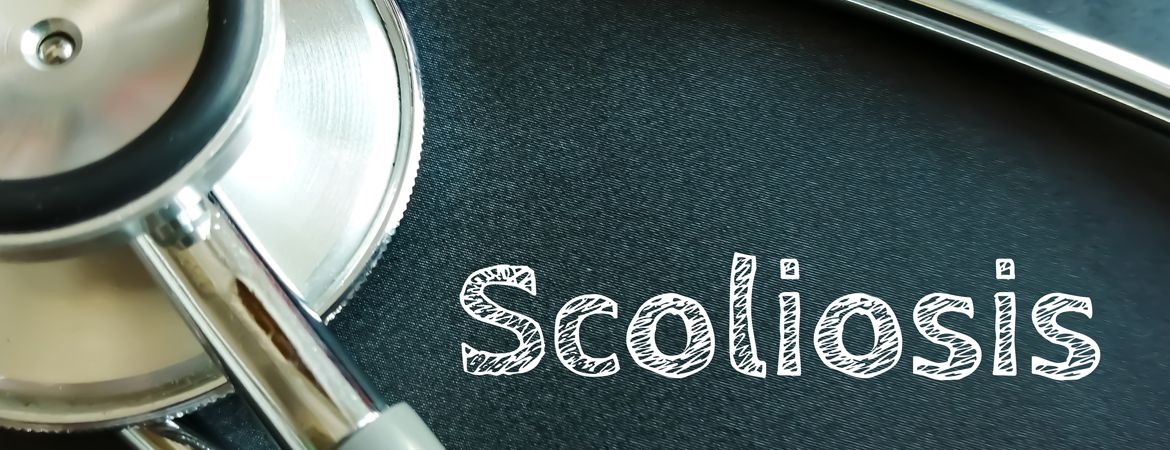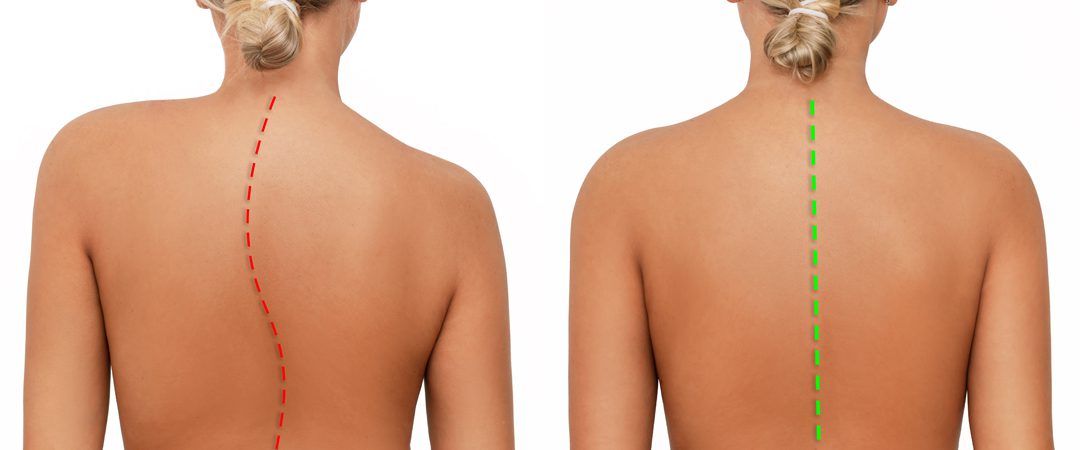
Scoliosis is a condition characterised by an abnormal curvature of the spine. This curvature can cause pain, breathing problems and other complications. In this comprehensive guide, you’ll learn about the causes, symptoms and treatment options for scoliosis.
WHAT IS SCOLIOSIS?
Scoliosis is an abnormal curvature of the spine that can occur at any age, but is often diagnosed in childhood or adolescence. It can be mild or severe and can cause pain, breathing problems and postural problems. The causes of scoliosis can be hereditary or unknown, and treatment depends on the severity of the curve and the patient’s age.
SCOLIOSIS IN CHILDREN AND TEENAGERS:
Idiopathic scoliosis: Idiopathic scoliosis is a condition in which a child’s spine curves sideways. This can be due to stunted growth of the spinal bones or uneven growth.
Idiopathic scoliosis is rare, but it’s important to treat it as soon as possible. If you suspect your child has idiopathic scoliosis, make an appointment to see a doctor right away. Early treatment can prevent long-term complications and help your child lead a normal life.
WHAT CAUSES IDIOPATHIC SCOLIOSIS?
The exact cause of idiopathic scoliosis is not known, but it appears to be genetic. It is a hereditary condition that mainly affects girls before puberty.
Secondary scoliosis is a curvature of the spine that results from problems with the bones or muscles of the back, rather than from a spinal deformity.
Secondary scoliosis: The most common form of secondary scoliosis is Scheuermann’s disease, which occurs in teenagers and young adults between the ages of 10 and 20. Other causes of secondary scoliosis include:
- Muscle imbalance: In some cases, exercise can help correct muscle imbalances. An exercise programme may include strengthening your core muscles (those around your abdomen) and stretching exercises to stretch tight muscles in your back and hips. Your doctor will help you develop an exercise programme based on your needs and goals.
- Posture: Posture affects the stress on bones in different parts of the body, especially in areas where bones are close together. Poor posture can lead to increased stress on certain bones in the spine.
CAUSES OF SCOLIOSIS:
The causes of scoliosis can be hereditary, meaning that it can be passed down from generation to generation within a family. In most cases, however, the cause of scoliosis is unknown. Certain factors can increase the risk of developing scoliosis, such as neuromuscular disorders, spinal injuries, infections and tumours. Women are also more likely to develop scoliosis than men.
Scoliosis usually develops in childhood or adolescence, but can also occur in adults. It is more common in girls than boys, but can affect both sexes equally.
WHAT IMAGING TESTS ARE NEEDED FOR SCOLIOSIS?
Scoliosis is diagnosed by your doctor based on your symptoms, X-rays and possibly an MRI. Your doctor will order imaging tests if you have back pain or other symptoms that may be caused by scoliosis.
These imaging tests are used to diagnose scoliosis:
- X-rays: This test uses low doses of radiation to produce pictures of your bones and tissues in an image called an x-ray. Doctors often use X-rays to determine whether a person has scoliosis before ordering more advanced tests, such as CT scans or MRIs. An X-ray can be taken while you are lying down (AP view) or standing upright (upright view).
- CT scan: A CT scan uses a series of X-rays to create cross-sections of your body, called slices, which are then combined to create 3D images.

SYMPTOMS
The symptoms of scoliosis can vary depending on the severity of the curvature of the spine. The most common symptoms are one shoulder higher than the other, one hip higher than the other, visible curvature of the spine, pain in the back, chest or legs, difficulty breathing and muscle fatigue. If you are experiencing these symptoms, it’s important to see a doctor for diagnosis and appropriate treatment.
TREATMENT OPTIONS
Treatment options for scoliosis depend on the severity of the curve and the patient’s age. For mild cases, muscle-strengthening exercises and physiotherapy sessions can help improve posture and reduce pain. More severe cases may require a brace or surgery to correct the curve. It’s important to discuss the most appropriate treatment options for your particular case with your doctor.
HOW TO PREVENT AND MANAGE SCOLIOSIS:
While there’s no known way to prevent scoliosis, it’s important to maintain good posture and exercise regularly to strengthen your back muscles. If you’ve been diagnosed with scoliosis, it’s important to follow your doctor’s recommendations for managing the curvature of your spine. This may include physiotherapy exercises, a brace or surgery. By working with your doctor and taking care of your body, you can effectively manage scoliosis and improve your quality of life.

